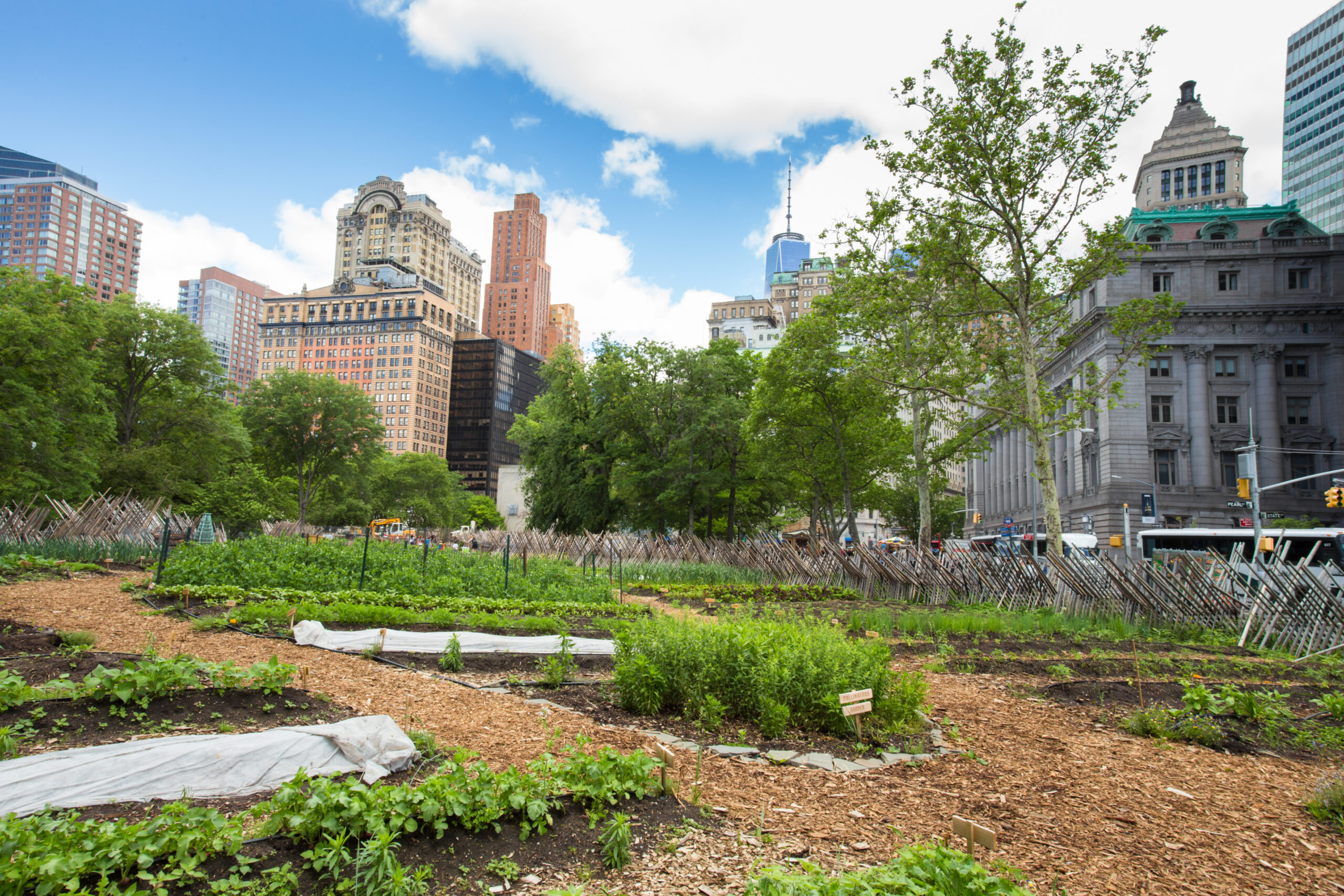Getting The City Blooming To Work
Table of ContentsSome Known Incorrect Statements About City Blooming The Best Guide To City BloomingSome Known Facts About City Blooming.Top Guidelines Of City BloomingAn Unbiased View of City Blooming
Intrigued in growing food offer for sale in the City of Chicago? Believing regarding starting an area garden? Changes to the Chicago Zoning Ordinance permit farming uses like area gardens and metropolitan ranches in several components of the city. Below is a checklist of regularly asked concerns pertaining to the regulations and laws that growers ought to take into consideration when intending a metropolitan farming project.
The zoning amendment does not change any kind of various other codes handling composting, structure permits, purchasing or renting City had property, service licenses or environmental contamination. There are existing codes that regulate these concerns and they stay completely result and may be suitable to your task. Community yards are typically had or handled by public entities, civic companies or community-based companies and kept by volunteers.
Urban farms grow food that is planned to be marketed, either on a not-for-profit or for-profit basis. Due to their commercial purpose, city ranches require a business license.
Our City Blooming Ideas
Composting is permitted but just for plant product that is created and used on site. The quantity of garden compost material can not go beyond 25 cubic backyards at any type of provided time according to the criteria in 7-28-715 of the City's Municipal Code. Yes. Since the soil at most new garden sites needs changing, compost, soil, wood chips, or various other materials can be acquired to build or boost the expanding room - indoor plants.

If a building authorization is needed then the hoophouse will certainly be considered an accessory structure. You can learn more about the building license demands by contacting the Division of Structures. The 25,000-square-foot size limit is planned to stop a solitary neighborhood yard from dominating an offered block or interfering with the block's existing domestic or commercial personality.
The restriction does not use to yards found in Public Open Area (POS) districts. Can there be even more than one community garden that is 25,000 square feet on a solitary block? Secure fencing is not called for, however, gardens that have big auto parking locations might be required to mount fencing or other landscape design features.
4 Easy Facts About City Blooming Described
B1 & B2 districts need that all business usage activities be performed inside your home. R areas limit commercial activity. The laws mirror the purpose and intent of the Zoning Code. Is fencing needed for urban ranches? Yes. Fencings may be needed, along with landscape design and screening, for sure parking lot and outdoor work or storage space areas depending upon location and the details task occurring.
Yes. Urban ranches need building authorizations and zoning authorizations prior to building. Other kinds of city testimonial might be required depending on particular structures, tasks, dimension, landscape design, licensing, public visit health and stormwater monitoring problems. Numerous of these needs are determined in the project design or allowing procedure, nevertheless, the candidate might be accountable to separately determine specific licenses or permits that might be required.
Yes. The type of permit is established by what is happening at the site. The Division of Organization Matters and Customer Defense can help establish the certain sort of company permit that's needed. Yes. Off road car park is needed for many commercial tasks in Chicago. The required variety of car park rooms is based on the number of staff members working on site and not the square footage of the expanding room.
The smart Trick of City Blooming That Nobody is Talking About

An urban farm can offer compost product created on website, nevertheless, the operation should abide with the laws in 7-28-715 of the Chicago Municipal Code. Aquaponic systems are permitted inside on metropolitan ranches in numerous zoning districts.
Approximately 5 hives or swarms of honey bees might be maintained as an accessory use. Beekeepers should register with the Illinois Division of Farming. For more details regarding the recommended zoning amendment you might contact the Department of Housing and Economic Advancement, Bureau of Preparation and Zoning at 312.744.8563.
Farming in cities and urban locations An urban ranch in Chicago. Urban agriculture refers to numerous techniques of cultivating. https://www.startus.cc/company/city-blooming, handling, and dispersing food in urban areas. The term likewise applies to the location tasks of animal husbandry, aquaculture, beekeeping, and gardening in a city context. Urban farming is identified from peri-urban farming, which takes place in country locations at the edge of suburbs.
Fascination About City Blooming
, that look for to form social networks started on a shared values of nature and community holism. These networks can develop by method of official institutional support, coming to be integrated into local town planning as a "transition community" activity for lasting urban growth.
The extra direct access to fresh vegetable, fruit, and meat items that might be become aware with urban farming can improve food safety and food security while decreasing food miles, bring about reduced greenhouse gas emissions, therefore adding to climate modification mitigation. A few of the initial evidence of urban agriculture comes from Mesopotamia.